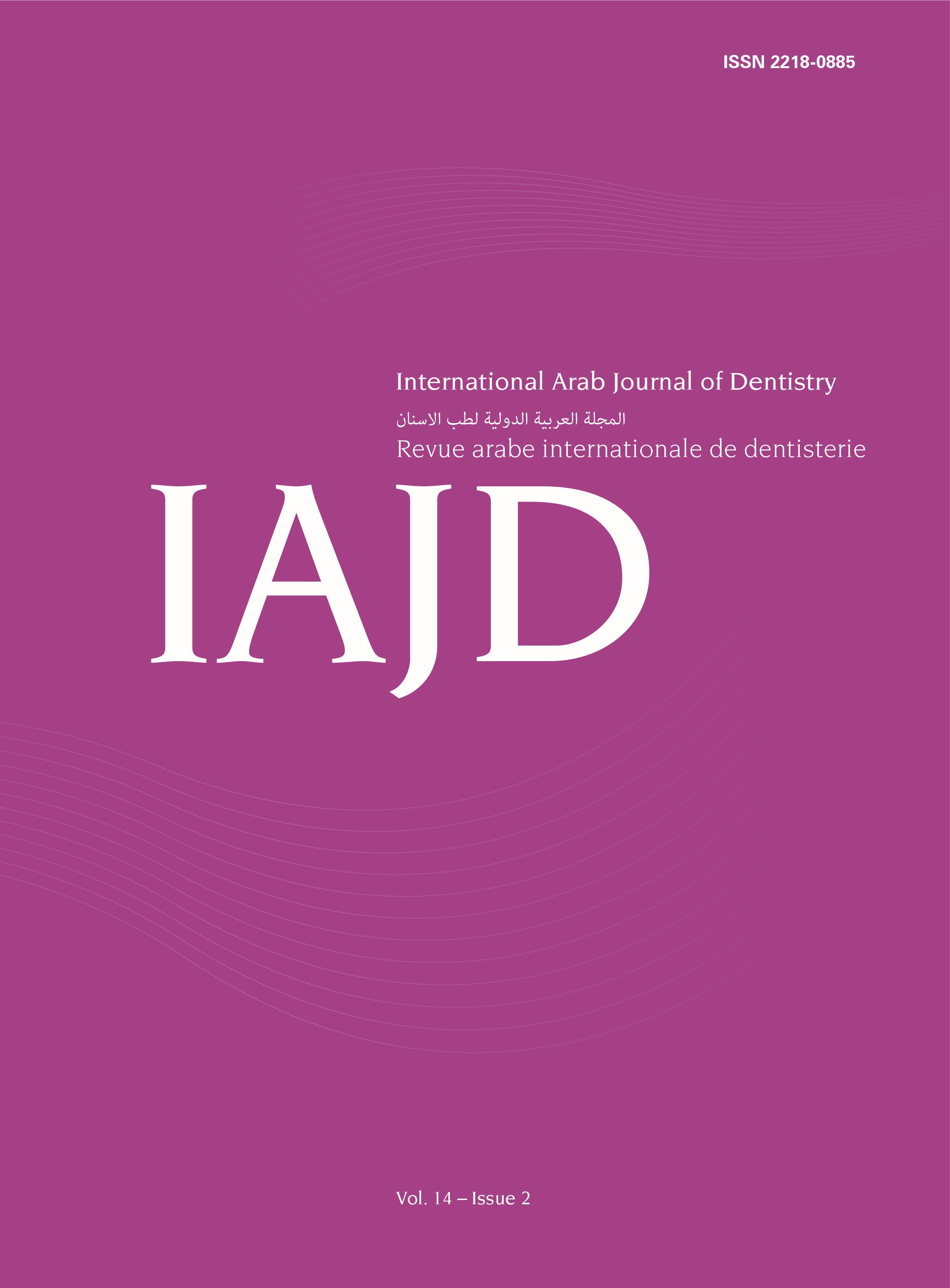Abstract
Calcifying odontogenic cysts is an odontogenic cyst that gives rise to painless swelling which expand and occasionally perforate bone. Most of them are between 2 to 4 cm in diameter. Approximately 75% occur in anterior canine-incisor region. The highest incidence of occurence is between 10 and 29 years. Radiographically they appear as well-circumscribed, unilocular cyst like areas with scattered radiopacities which range from mere flecks to large masses. The related tooth usually gets displaced. Radiopaque flecks occur in radiographic features of some lesions which undergo osteolysis during their development. They occur as a result of dystrophic calcifications in long standing chronic mature lesions. The location of such entities whether pericoronal or periapical is also crucial in narrowing the diagnosis. Such flecks in radiographs occur near the pericoronal region in calcifying epithelial odontogenic tumour, ameloblastic fibro-odontoma, whereas in calcifying odontogenic cyst, they appears small, discrete, pebble-like with a smooth outline in periapical region. Such pebbles of radiopaque specks were incidentally seen in cone beam computed tomography in a 20-year-old male evaluated radiographically in orthogonal planes in coronal, axial, sagittal slices and three-dimensional reconstructed view and treated by surgical enucleation was described here.

